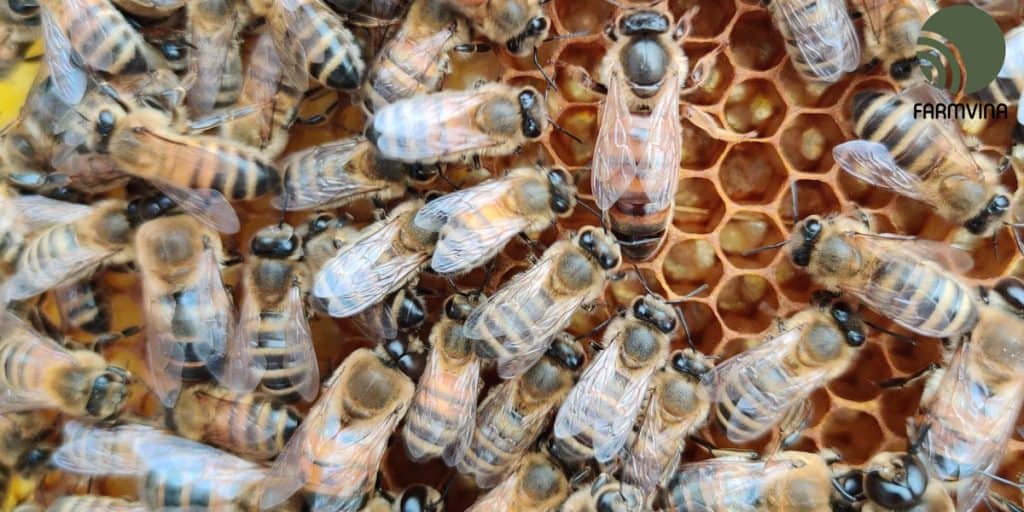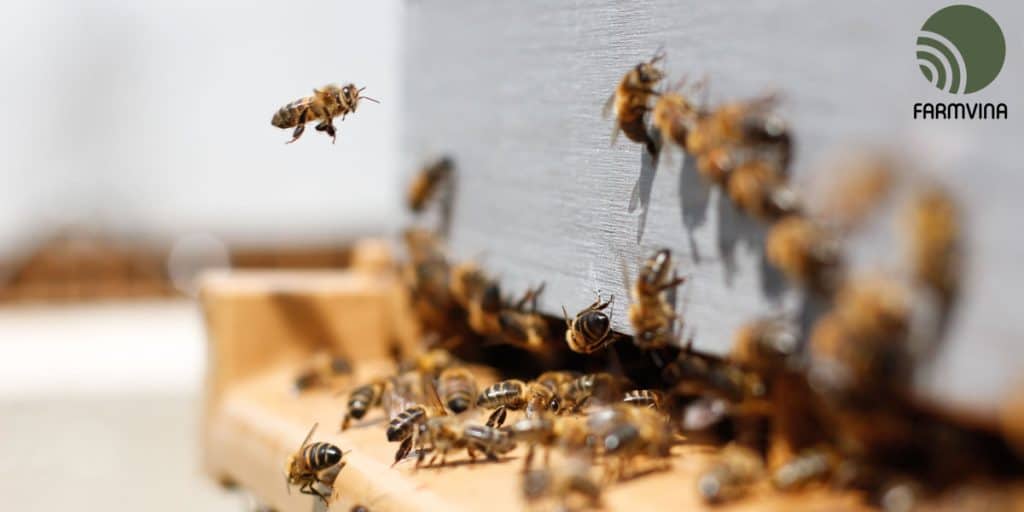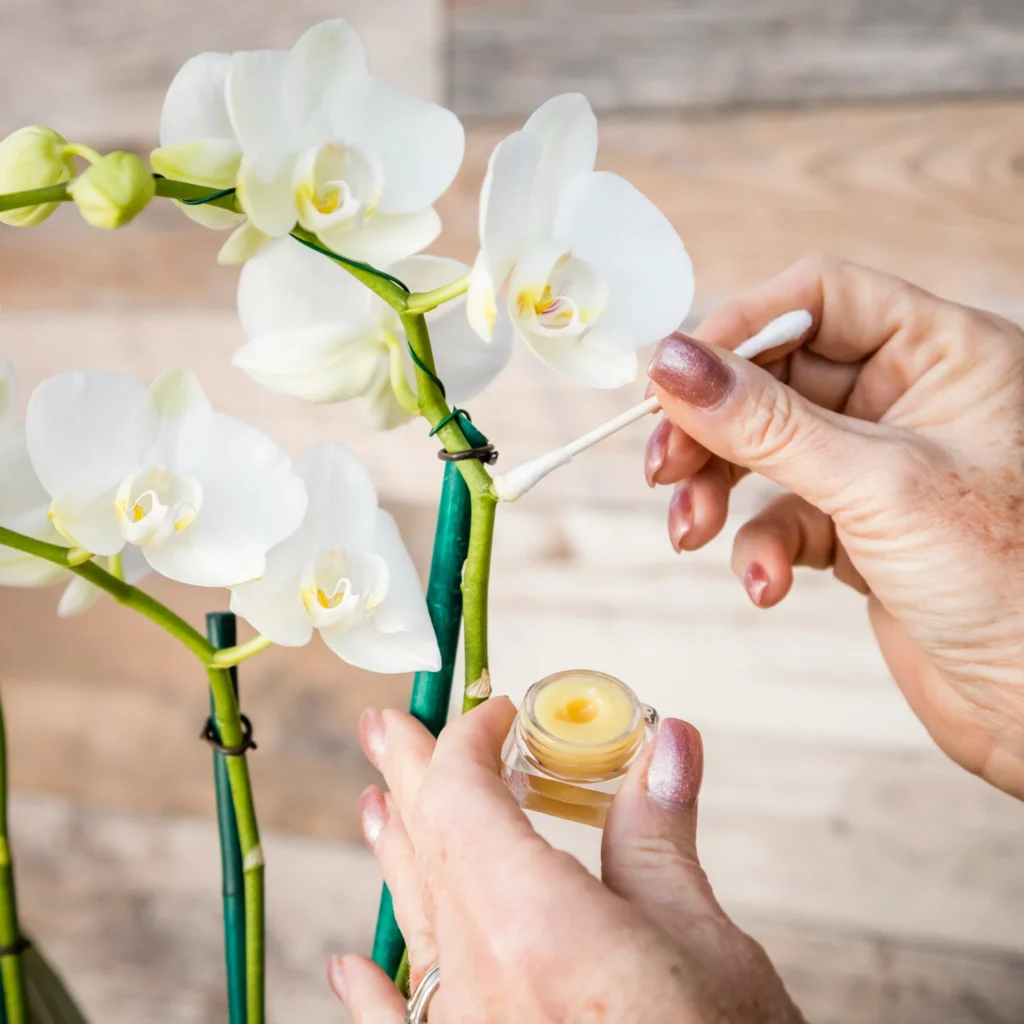Have you ever wondered how many bees in a hive are there? Bee colonies are intricate and highly organized societies, with each member playing a crucial role in the survival and success of the hive.
In this article, we will delve into the fascinating world of bee colonies and answer some frequently asked questions about the number of bees in a hive. So, let’s get started!
1. The Structure of a Bee Colony
A bee colony consists of three main types of bees: the queen, the workers, and the drones. Each bee has specific responsibilities and contributes to the overall functioning of the hive.
The queen bee is the heart of the colony. She is responsible for laying eggs and ensuring the continuity of the hive. The queen bee can lay up to 2,000 eggs per day, which is essential for the growth and survival of the colony.
The worker bees are the backbone of the hive. They are all female and perform various tasks such as foraging for food, building and repairing the hive, nursing the brood, and protecting the colony. Worker bees make up the majority of the bees in a hive.
The drones are the male bees in the colony. Their primary purpose is to mate with the queen. Unlike the worker bees, drones do not have stingers and do not participate in other hive activities. Their numbers are relatively small compared to the workers.
2. How Many Bees Are There in a Hive?
The number of bees can vary depending on several factors, including the time of year, the health of the colony, and the availability of resources. On average, a healthy hive can contain anywhere from 20,000 to 80,000 bees.
During the winter months, when resources are scarce, the population of the hive decreases. This is known as the winter cluster. The bees huddle together to keep warm and conserve energy. The number of bees in a winter cluster can range from a few thousand to around 10,000.
As spring arrives and the availability of nectar and pollen increases, the population of the hive starts to grow rapidly. By summer, the hive can reach its peak population, with tens of thousands of bees working tirelessly to ensure the survival of the colony.
It’s important to note that the number of bees in a hive is not fixed and can fluctuate throughout the year. Factors such as swarming, predation, and disease can also impact the population of a hive.
3. Factors Affecting the Size of a Bee Colony
Several factors influence the size of a bee colony. Let’s take a closer look at some of these factors:
a. Availability of Resources
The availability of nectar, pollen, and water plays a crucial role in determining the size of a bee colony. Bees need these resources to survive and reproduce. If resources are scarce, the colony may not be able to sustain a large population.
b. Genetics
The genetics of the bees in a colony can also affect its size. Some bee breeds are naturally more prolific and can produce larger populations. Beekeepers often select breeds that are known for their productivity and ability to build strong colonies.
c. Environmental Conditions
The environmental conditions, such as temperature and humidity, can impact the growth and development of a bee colony. Bees thrive in moderate temperatures and may struggle to survive in extreme conditions.
d. Pest and Disease Pressure
Pests and diseases can wreak havoc on a bee colony. Varroa mites, for example, are a common pest that can weaken and decimate a hive if left untreated. Beekeepers need to actively manage pests and diseases to ensure the health and vitality of their colonies.
e. Beekeeper Management
The management practices of beekeepers can also influence the size of a bee colony. Beekeepers who provide proper nutrition, regular inspections, and timely interventions are more likely to have thriving and populous hives.
4. FAQs on How Many Bees in a Hive
Q1: How many bees are there in a typical honeybee hive?
- A typical honeybee hive can contain anywhere from 20,000 to 80,000 bees.
Q2: How many worker bees are there?
- The number of worker bees in a hive far exceeds the number of drones and can range from 20,000 to 60,000.
Q3: How many drones are there?
- The number of drones in a hive is relatively small compared to the workers and can range from a few hundred to a few thousand.
Q4: Do all bees in a hive have specific roles?
- Yes, all bees in a hive have specific roles and responsibilities. The queen lays eggs, the workers perform various tasks, and the drones mate with the queen.
Q5: Can the number of bees in a hive change over time?
- Yes, the number of bees in a hive can change over time due to factors such as swarming, predation, disease, and availability of resources.
5. Conclusion: A Fun Fact About Bee Colonies
Did you know that bees communicate with each other through a complex system of dances? When a worker bee finds a good source of nectar or pollen, it returns to the hive and performs a dance known as the “waggle dance” to inform other bees about the location of the food. This remarkable form of communication helps the colony efficiently gather resources and thrive.
In conclusion, the number of bees in a hive can vary depending on various factors, but a healthy hive can contain anywhere from 20,000 to 80,000 bees. Understanding the dynamics of bee colonies not only gives us insight into their fascinating world but also highlights the importance of protecting and conserving these incredible creatures.
Originally posted 2023-07-31 22:55:23.




